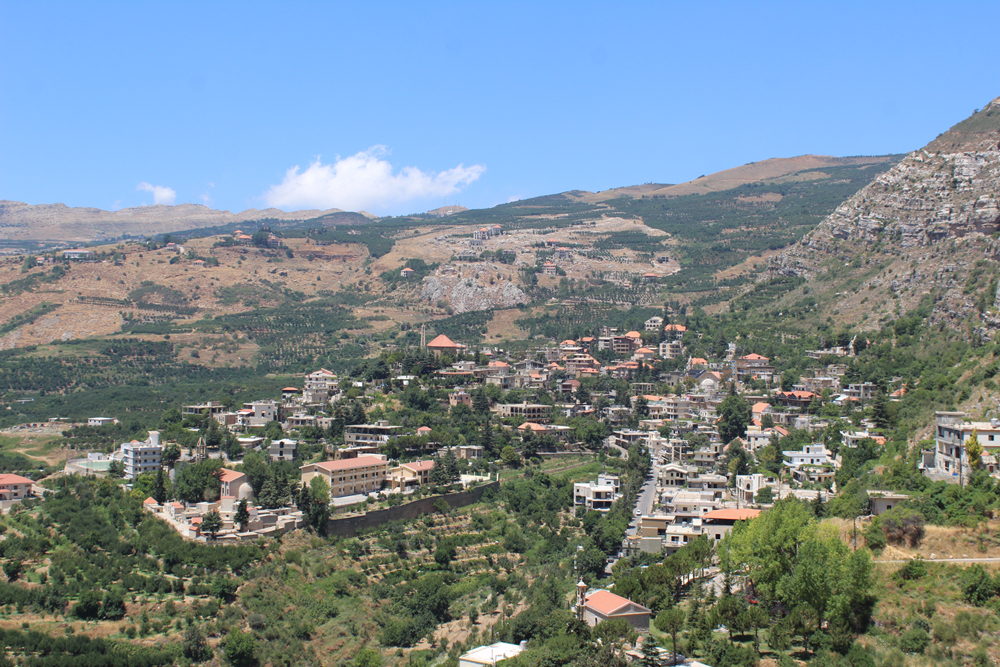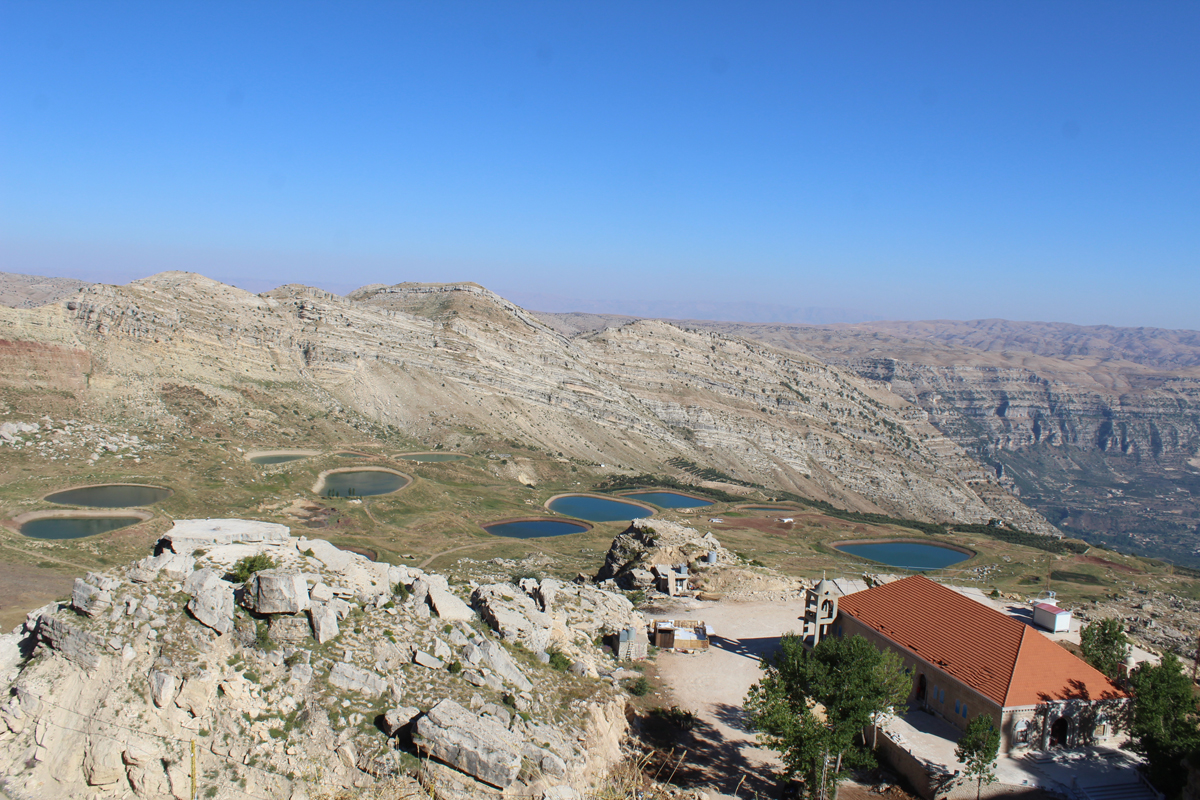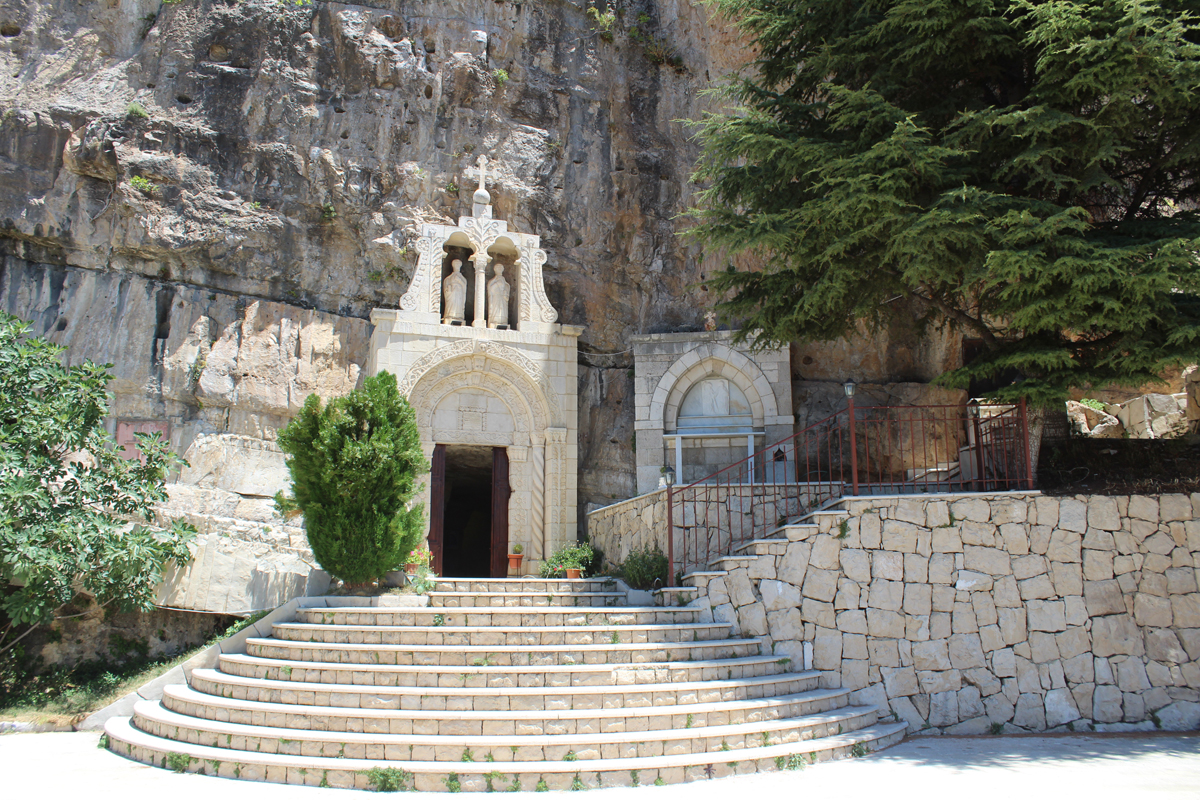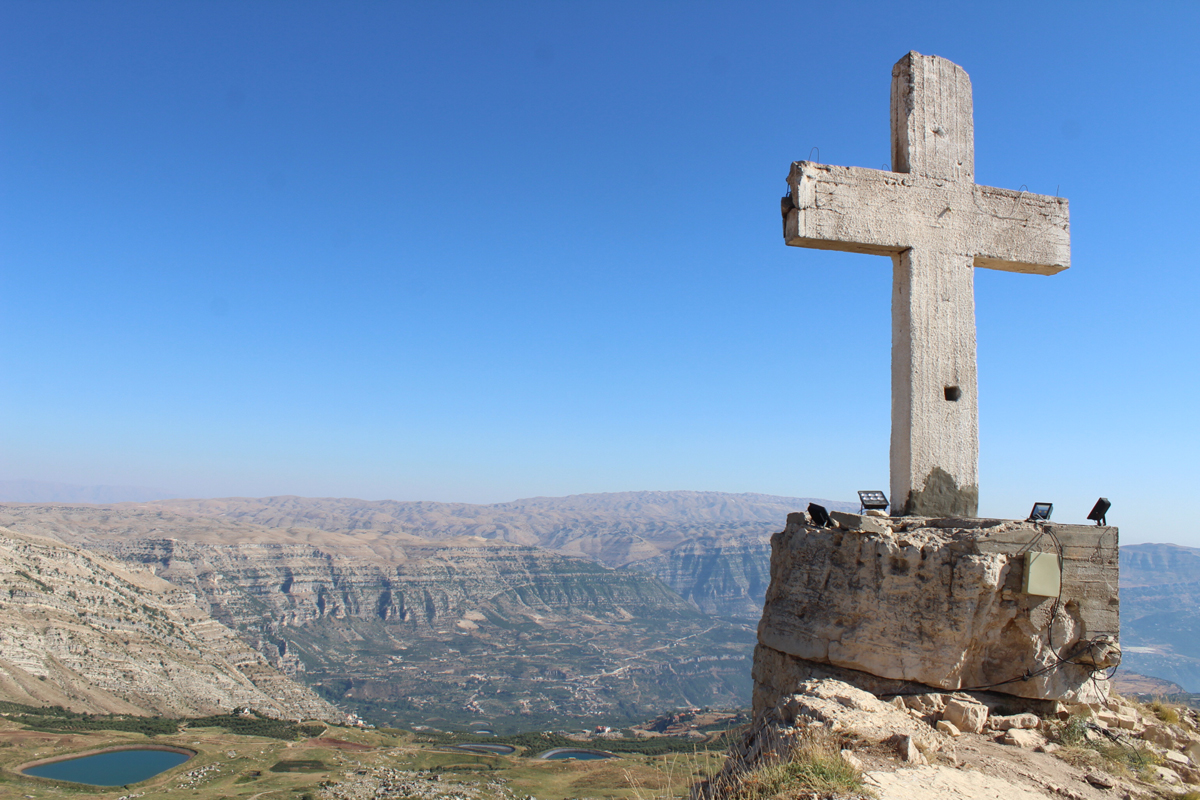Religious anthropologist, researcher and founder of NEOS Tourism consultancy Nour Farra-Haddad delves into the tradition of visiting seven churches on Maundy Thursday by taking us on a tour around seven churches in and around Akoura.

Maundy Thursday, known locally as Khamis El Ghesel or Khamis El Asrar, commemorates the Last Supper, Jesus’s final meal with his Apostles. It is the fifth day of Holy Week, preceded by Holy Wednesday and followed by Good Friday. It is also called “Thursday of the Mysteries” (Khamis Al-Asrar). The washing of feet is a tradition practiced by priests in every parish. It symbolizes humility and how Jesus Christ washed the feet of his disciples. In general, priests choose to wash the feet of children.
The tradition of visiting seven churches on Holy Thursday is an ancient practice observed in different countries. It is said that long ago, Jerusalem had only seven churches, and it was customary for people to visit these churches on the Thursday of Mysteries, so the tradition was kept alive.
Visiting seven churches on Maundy Thursday in an important part of the Easter festivities, especially in Lebanon where churches keep their doors open until midnight to welcome visitors. Many villages across the country — such as Hardine, Tannourine, Akoura, Baskinta, Beit Chabeb, Bikfaya and Jezzine — have dozens of religious sites, so it is possible to uphold the tradition by walking from one church to the next.
 Set on a plateau at the foot of a mountain around 1,450 meters above sea level, Akoura is a stunning village that overlooks apple terraces and steep valleys. It is home to 44 churches, convents and monasteries, including Saint George Church, Our Lady of the Assumption Church, Saint Jacob Church and Saint Simon Church. Many of these religious sites date from the Middle Ages and are located in the rocky cliffs of the mountains, such as Saint Jacob. Numerous saints are venerated in the village, such as Saint Takla, Saint Elijah, Saint Barbara, Saint Saba, Saints Sergius and Bacchus. However, the largest number of religious sites are dedicated to the Virgin Mary under different names: Saydet El Alam (Our Lady of the World), Saydet El Karn (Our Lady of Al Karn/Horn) and Our Lady of El Habes (Our Lady of the Hermits).
Set on a plateau at the foot of a mountain around 1,450 meters above sea level, Akoura is a stunning village that overlooks apple terraces and steep valleys. It is home to 44 churches, convents and monasteries, including Saint George Church, Our Lady of the Assumption Church, Saint Jacob Church and Saint Simon Church. Many of these religious sites date from the Middle Ages and are located in the rocky cliffs of the mountains, such as Saint Jacob. Numerous saints are venerated in the village, such as Saint Takla, Saint Elijah, Saint Barbara, Saint Saba, Saints Sergius and Bacchus. However, the largest number of religious sites are dedicated to the Virgin Mary under different names: Saydet El Alam (Our Lady of the World), Saydet El Karn (Our Lady of Al Karn/Horn) and Our Lady of El Habes (Our Lady of the Hermits).
 Visiting Seven Religious Sites in Akoura
Visiting Seven Religious Sites in Akoura
Start at the famous shrine of Saydet El Hebs, then ascend the stairs and continue along the “Way of the Saints,” which is decorated with beautiful statues and oratories. You will reach the rocky chapel of Saint Simeon the Stylite (Mar Semaan El Amoudi). From there, you can proceed to the village to visit the parish church of Saint George and walk to the famous chapel of Saint Peter and Paul, (Mar Boutros wa Boulos). A few hundred meters from this shrine stands the beautiful church of Our Lady of the World (Saydet El Alam).
End your tour in a beautiful way by driving to Laklouk. There you can discover the church of Saydet El Karn (Our Lady of El Karn/ Horn), which is perched 1,800 meters above the sea level and overlooks the stunning plains and artificial lakes of Akoura. It is said that a small church was built on the remains of a Roman temple. The church was renovated in 1890, and a statue of the Virgin Mary was placed at the entrance in the mid-twentieth century. As a result of damage caused by an earthquake or a landslide, a new church was built in 2006.
To round off your trip, make sure you visit the Mar Charbel Shrine and the magnificent sight of the Cross.

HOLY LEBANON LEBANON’S FIRST RELIGIOUS TOURISM APP
Holy Lebanon is a travel e-guide promoting religious-based tourism and supporting the sustainable development of local communities across the country. The guide lists thousands of religious attractions, rituals and events, and details of service providers. Embrace Lebanon’s religious diversity and take advantage of this practical and comprehensive tool by downloading the free application on the AppStore or Googleplay.
Loading
